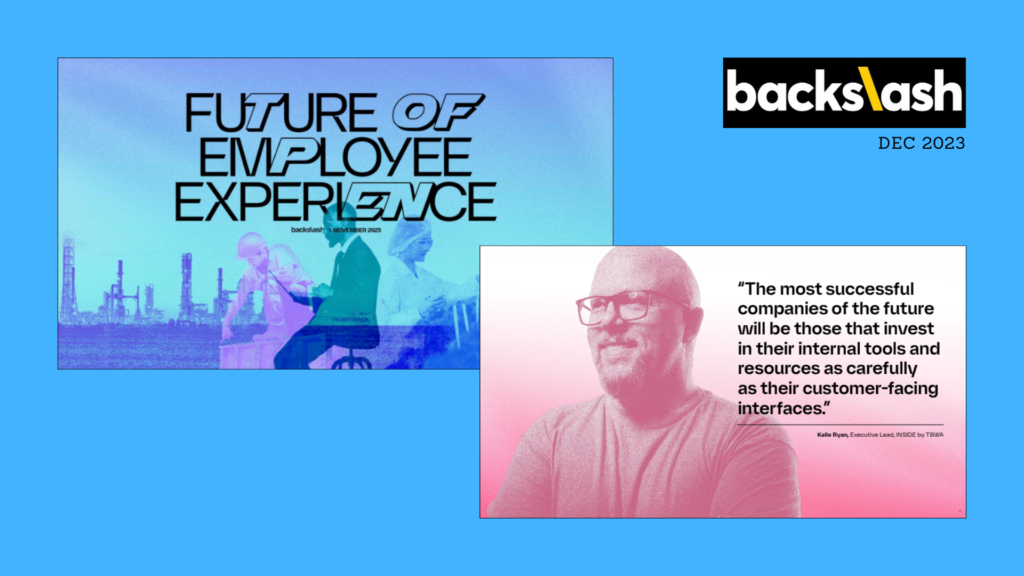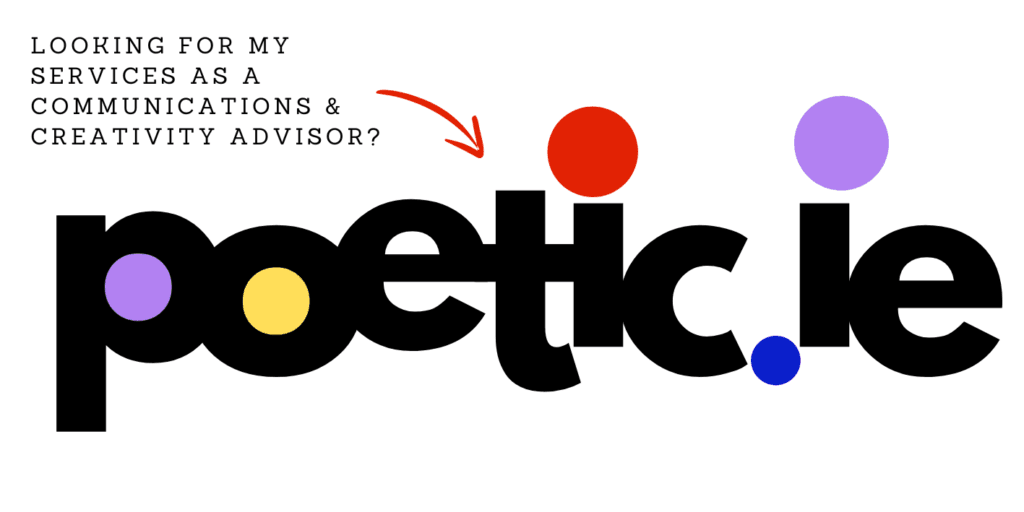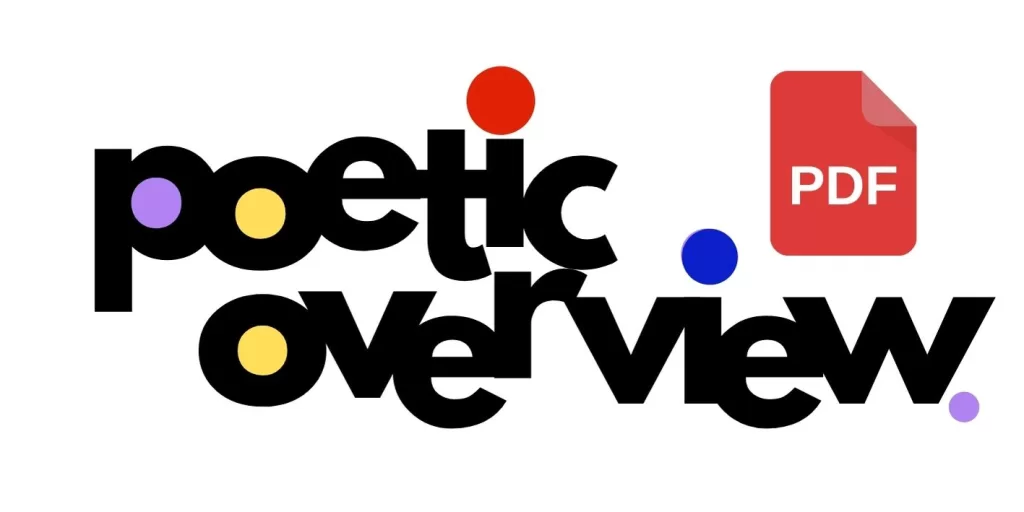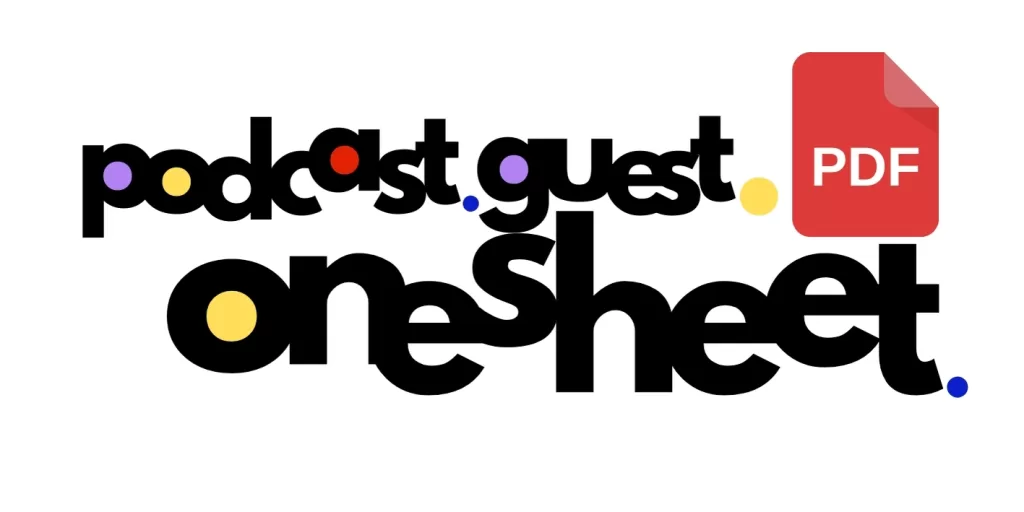Why a positive Employee Experience is actually the unsung hero of business success
“The Times They Are A Changin’” – The voice of a generation
Historically companies have heavily relied on Internal Communications (IC) to handle different parts of the Employee Experience (EX) beyond the scope of pure comms messaging. This can be wide and varied, including things like events, company initiatives & programmes (Employee Resource Groups; DE&I programmes), onboarding and so much more. Quite often these disparate areas have ended up on the desk of internal comms to solve.
With the arrival of the pandemic, there was a realisation that all of these different elements make up the wider employee experience and should probably be brought more formally under an umbrella. After all, these many different touchpoints for employees make up their collective experience, and there is a need to think about it more holistically if you want to create a cohesive employee experience. So, even though some companies were already trending that way, the pandemic was the catalyst for a broader reevaluation of the employee journey.
Sure enough, employee experience is a broad term and captures many elements, but there are a few key things that are central to its current evolution. One of the biggest things is the evolution of employee values and expectations. There is a renewed awareness of the profound impact of mental and emotional well-being on work. The stresses induced by the pandemic have transcended beyond professional boundaries, prompting organisations to not just offer support, but to prioritise well-being as a core company value. There’s a resounding (and very valid) call for a balanced work-life dynamic, unparalleled flexibility, and an emphasis on overall well-being (despite the insistence of Amazon and others demanding a full-time return to the office). The challenge for businesses today is to align with these shifting values and communicate them effectively, ensuring their employee experience is an attractive proposition for current and prospective employees.
With this transformation of the overall employee experience, there has been a change in the landscape of internal communication itself. Gone are the days of casual water cooler chats and in-person brainstorming sessions. Instead, we’re navigating a world filled with virtual check-ins, digital town halls, and online feedback forms, each tailored to foster a sense of community and maintain corporate transparency, but they aren’t without their challenges. Simple things like tools and software have seen their limitations exposed during the post-pandemic move to remote and blended work, and there is an increased urgency to adopt robust digital tools that not only foster effective collaboration and communication, but also put digital infrastructure in place that can scale and flex with a changing work environment and economic conditions.

One of the other interesting outcomes of this has been the increased focus on results over pure time invested by employees. There is a greater understanding that focusing on impact can outweigh the need to simply clock in for a specific time window. There has also been a removal of traditional geographical barriers and this democratisation of talent means companies can tap into a diverse, global talent pool, enriching their teams and outputs, as well as being more readily able to focus on the results they can drive.
All these aspects, as varied as they might seem, converge under the banner of employee experience (along with many others I haven’t touched upon). Each of them can also be strategically enhanced to benefit the overarching company vision and culture, as well as improving the employees’ day-to-day experience. As such, it is absolutely essential to have a dedicated employee strategy in place and understand how every element ladders up to that strategic vision.

“One vision. One world. One people” – All in this together
If employee experience is the sum of many parts, then internal communication is the central driver of that connection between employer and employees. After all, communication is connection. It is how we all interface with the world, be it personally or professionally. Accordingly, internal communications are increasingly in need of a way of thinking that is underpinned by values of adaptability and empathy. Simply put, businesses that resonate with these evolving norms are going to excel.
The key lies in recognising that each employee’s experience is unique. For a company to truly thrive, it needs to be tuned in, flexible, and quick to adjust. By doing so, businesses are better positioned to offer a rewarding and supportive environment for all employees, no matter where they’re logging in from.
It’s also imperative that a company focuses on inclusion from a remote and onsite perspective. This can be done through obvious things like interactive online events and check-ins. Beyond that though, there is a need for an overarching strategic vision. Very often a company has several different goals and objectives, with different individual departments working hard to try and improve the employee experience, but they don’t always necessarily ladder up to a common singular objective. Setting some strategic frameworks and a consistent comms cadence can have a massive influence on the employee experience. When employees feel informed and know how their work connects to the mission and objectives, they have a clearer sense of purpose and belonging, which results in them being much more engaged and motivated.

“Stop, Communicate and Listen” – Give them a voice
That’s precisely where my work comes into play, helping businesses seamlessly navigate and succeed in this new terrain. A lot of the clients I currently work with have really good elements in place in their employee experience, but there simply isn’t a joined-up way of thinking. For a transformation to occur, it requires thoughtful strategic internal comms foundations to be put in place. From there we can begin connecting the dots more clearly by clarifying, simplifying and amplifying the best parts of your employee experience.
Of course, this is not a one-size-fits-all package. I am offering customised solutions based on your unique needs and challenges, with a firm focus on disrupting patterns and trends that no longer serve the strategic goals of the organisation.
Current research shows that companies who invest in core internal experiences that promote high employee connection, support, and empowerment, can amplify their external performance and outperform companies who don’t. So, what are you waiting for? Get in touch and let’s transform your employee experience together.

For 15+ years I helped shape and transform the Employee Experience at Google and Meta. If you want to learn more about EX and some simple ways to improve it in your organisation, then book a free consultation call here or send me an email.





Leave a Reply